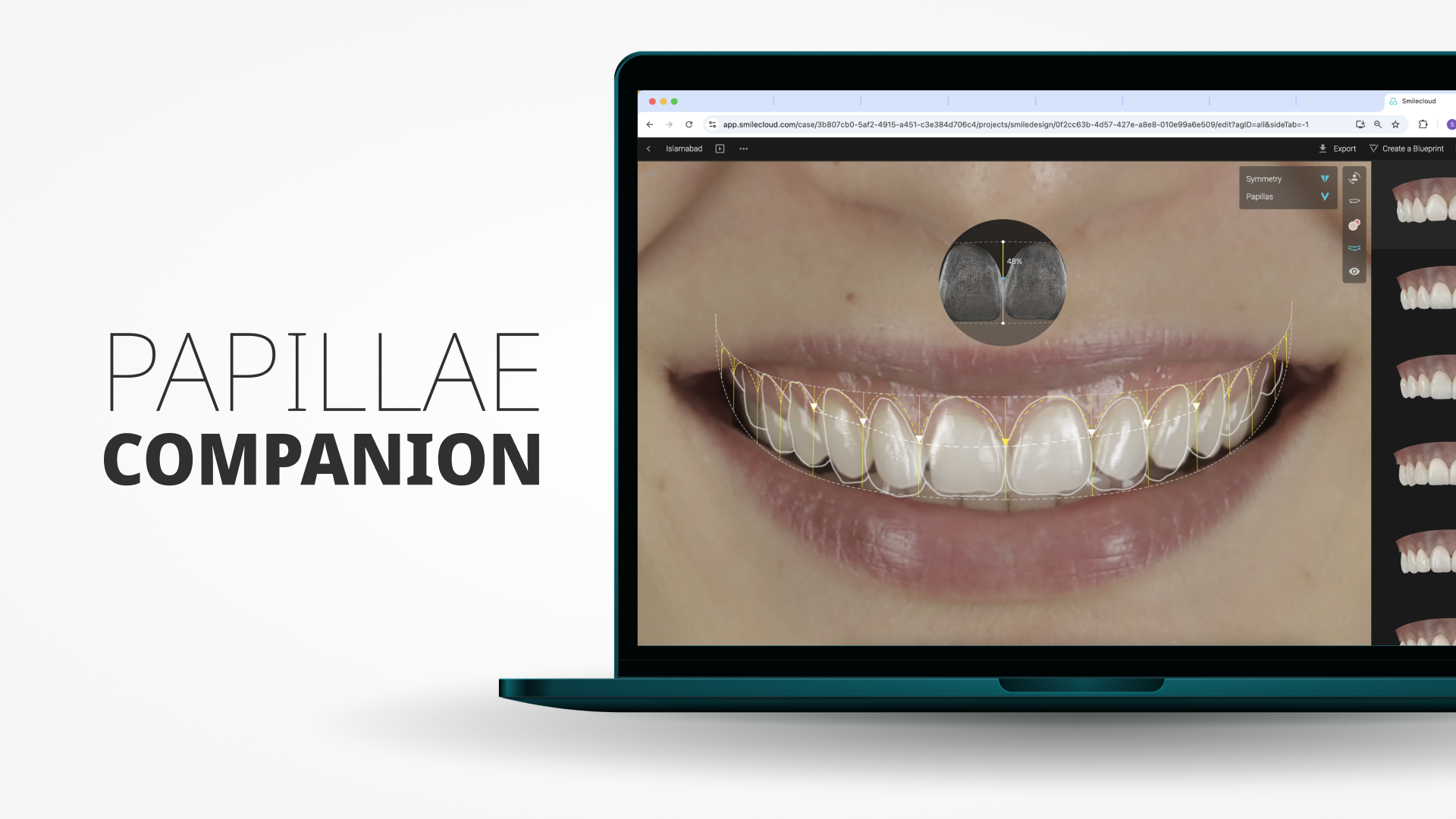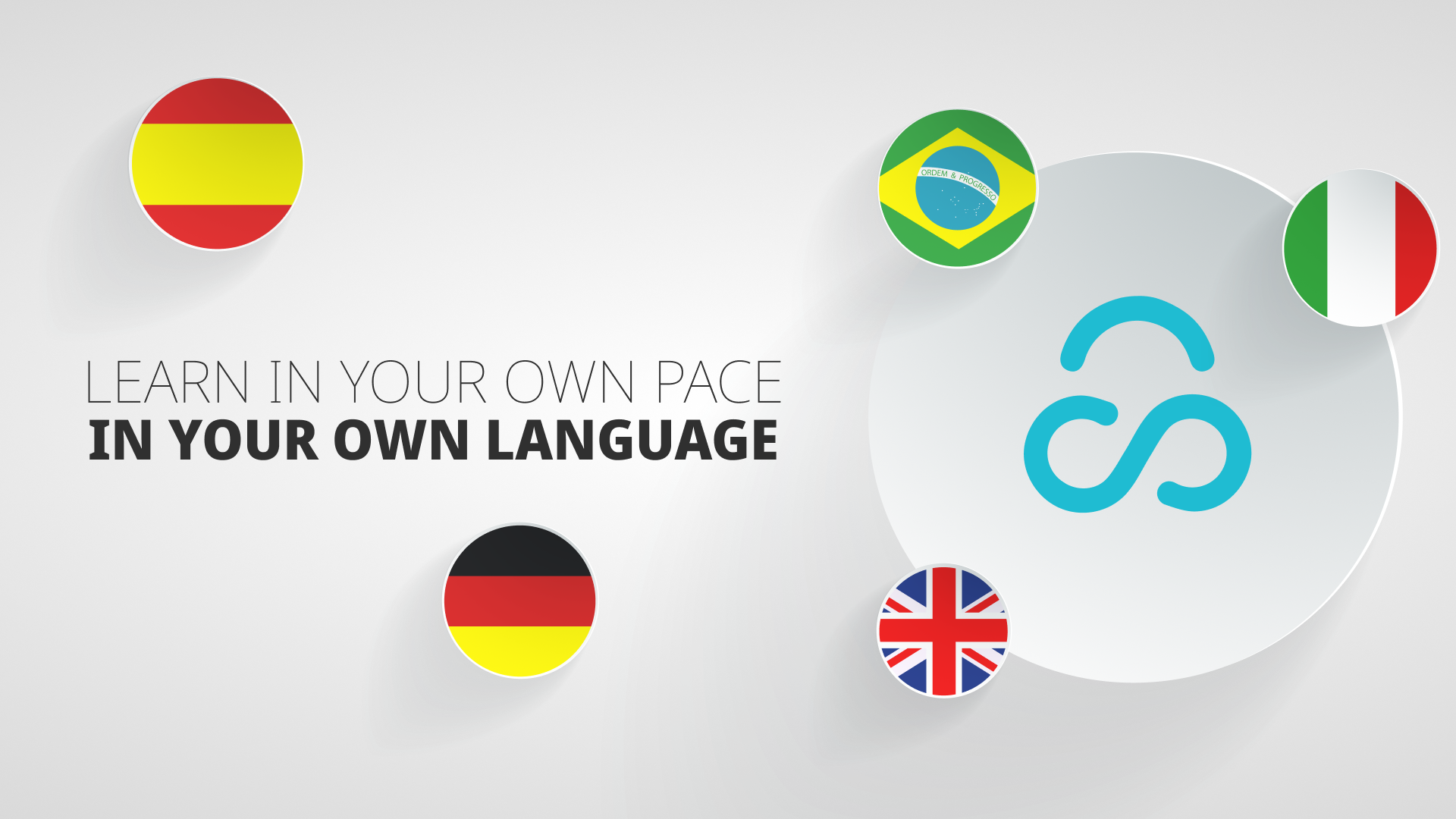Origins. A brief history of Smilecloud
Explore the origins of Smilecloud, how it started and the principles behind it.

1991 - The Dentcof Clinic
To understand Smilecloud’s evolution, we need to go back to its roots at the Dentcof clinic located in Timisoara, Romania. Founded in 1991 by Dr. Ioan "Șefu" Cofar together with Dr. Irina Cofar, it was one of the first in the country with an integrated lab.
The clinic specialized in complex treatments and over time, has become internationally recognized for its interdisciplinary treatment method, a holistic approach that addresses both dental conditions and their underlying causes, aimed at achieving and maintaining long-term oral health.
2015 - Copying Natural Morphology
The clinic’s focus on research and development on digital workflows, led by Dr. Florin Cofar, resulted in the creation of the RAW protocol in 2015, published in 2017 by QDT. This clear, structured approach to restorative treatment planning using natural morphology laid the groundwork for what would eventually become Smilecloud.

2016 - The need for Change
In 2016, Dentcof faced a major crisis: the clinic nearly lost 6,000 patient files due to a local server crash. This event highlighted the challenges of relying on outdated storage systems and scattered communication channels. It became clear that a new solution was needed—something that could bring together patient data, communication, and collaboration in one seamless system.
Florin, Ioan Cofar, and Mihai Simonia began brainstorming ideas for a platform that would integrate all aspects of restorative treatment: data storage, team collaboration, communication, and design. They wanted a solution that would enable dental specialists to work more efficiently while improving the overall patient experience. Development started that same year, with Florin Sarge leading the technical team.
2018 - Smilecloud Beta launched
The primary focus was to build a collaborative environment for dental professionals, centralise all the patient data, the clinical team and communication. This was achieved through a Case-Based Architecture, integrated chat and visualisation tools specific for dental files. For patients, Smilecloud provided access to their personal medical files and the ability to connect with specialists around the world, empowering them to make more informed treatment decisions. The Beta group was made out of almost 500 dental specialists from all fields, testing and providing feedback for the continued development of the platform.

Key developments:
- Case-Based Architecture: Smilecloud is built as a collaborative environment where dental specialists can connect and work on cases together. This architecture allows for centralized management of patient data reducing fragmentation and improving communication.
- Real-Time Communication Tools: The platform includes features like smart notifications and chat windows where team members can be directly mentioned (@team-member) to ensure important messages are highlighted and promptly addressed. This facilitates seamless communication among team members.

Key developments:
- Dental viewer for 3D files: The ability to manage and analyze 3D files directly within the platform reduces the need for external software or manual data transfer. This streamlines workflows, saving time and improving overall efficiency in daily work.
- Patient connection: TheSmilecloud Passport allows patients to be connected directly to their case, fostering a sense of involvement and trust. Patients can view their dental data, communicate with their care team, and access all relevant documentation in one place.
2019 - The Official Launch
On March 14, 2019, Smilecloud officially launched, marking a significant milestone in the company’s history and in the evolution of Smile Design.
Innovation:
Having as a fundament the RAW protocol for copying natural morphology, Smilecloud shifted the use of generic tooth libraries in the design process to an AI-Driven Search Engine. Smilecloud’s AI technology searches through a vast library of natural tooth shapes, matching them to specific design criteria. This includes factors like tissue architecture, line angle architecture, restorative space, and proportions, similar to how facial recognition works.
Key developments:
- Unique Compositions: Each generated library is a unique composition of 12 natural tooth shapes. This allows for personalized and diverse smile designs that capture the natural beauty and uniqueness of each patient’s dental structure.
- Real-Time Rendering: The software renders these compositions in real-time as virtual mock-ups on the patient’s face. This provides immediate visual feedback, enhancing patient engagement and ensuring that the final design aligns with patient expectations.
- Tolerance-Based Matching: Libraries are color-coded based on how closely they match the search criteria. Yellow outlines indicate a near-perfect fit, while white and grey outlines show varying degrees of tolerance, helping in adjusting the design for precise ceramic transformation.
- Consistency for 3D Design: The same library used for 2D design can be downloaded and integrated into 3D designs, ensuring consistency and preserving the original design intent throughout the process.
Looking to the Future
Smilecloud’s journey is far from over. With continuous updates and new features, the platform is constantly improving to meet the needs of modern dental practices. Whether it’s refining the design module, integrating new technologies, or expanding accessibility, Smilecloud is committed to pushing the boundaries of what’s possible in dental care.






